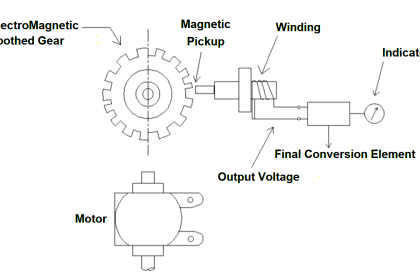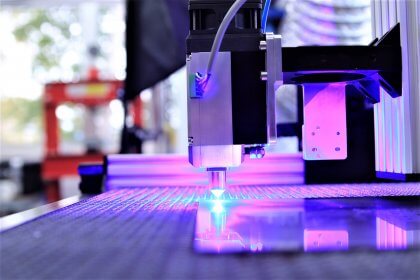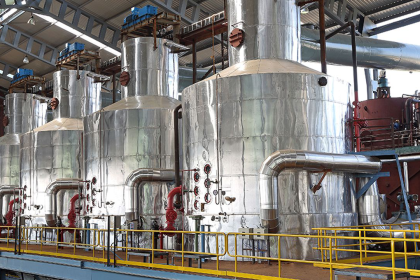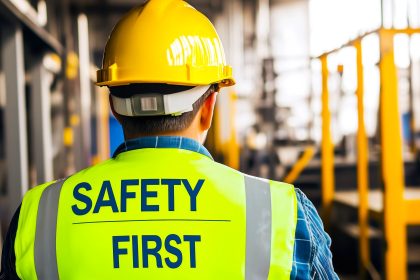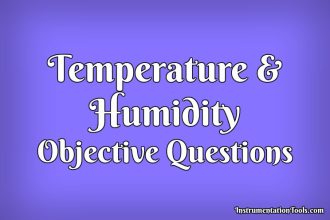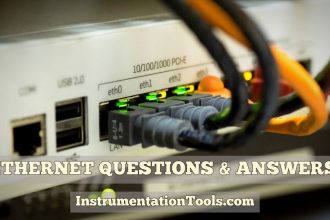Have you ever wondered what makes some machines run so smoothly and efficiently? The secret might be hiding in plain sight: bearings. Currently valued at USD 120.98 $ billion, the industry is experiencing high demand, and ceramic bearings are a large reason for that. (1)
These tiny engineering marvels are revolutionizing various industries, from high-speed racing to precision manufacturing. But what sets them apart from other bearings? Below we talk about everything you need to know.
What are Ceramic Bearings?
Before learning the nitty-gritty details, let’s start with the basics. Ceramic bearings are alternatives to traditional steel bearings. What makes them so special?
Well, imagine a bearing that’s tougher, lighter, and smoother than you’re used to. That’s exactly what ceramic bearings bring to the table. They’re made from advanced materials, typically silicon nitride, giving them some impressive advantages compared to their steel counterparts.
These perks include:

Durability
If there’s one thing ceramic bearings are known for, it’s their incredible durability. Well-built ones can last up to ten times longer than standard bearings. These little powerhouses can take a beating and keep on rolling, thanks to their resistance to wear and corrosion. This means less downtime for maintenance and replacement, which is music to the ears of anyone running machinery. (2)
Reduced Friction
Here’s where ceramic bearings really shine. They produce less friction compared to steel bearings, which is a plus for engineers and efficiency experts. Less friction means smoother operation, less energy wasted, and improved overall performance.
Lightweight
Ceramic bearings are significantly lighter than steel. Even experts pointed out that they can be 50% lighter. This might not seem like a big deal, but when you’re dealing with high-speed applications or trying to reduce the overall weight of a machine, those grams add up quickly. It’s like swapping out your heavy winter boots for a pair of lightweight sneakers – suddenly, everything feels easier. (3)
Heat Resistance
Ceramic bearings have a secret superpower: they can handle the heat. While steel bearings might start to sweat under high temperatures, ceramic ones keep their cool. This heat resistance allows them to operate in environments that would make steel bearings throw in the towel.
Low Maintenance
Nobody likes spending all their time maintaining equipment. Fortunately, ceramic bearings don’t need much TLC. They require less lubrication and general upkeep compared to steel bearings. This means less time spent on maintenance and more time enjoying the benefits of smooth-running machinery.
Non-Magnetic
Here’s a neat trick ceramic bearings have up their sleeve: they’re non-magnetic. This might not seem like much, but it’s a game-changer in certain applications. For instance, in sensitive electronic equipment or medical devices where magnetic interference could cause problems, ceramic bearings are the go-to solution.
Energy-Efficient
Research also found that using ceramic bearings can help equipment or vehicles use less energy. For example, a bike manufacturing company tested the ceramic bearing pulley wheels for their bikes. After the testing, they found ceramic bearings to be the most energy-efficient, consuming only 0.033 watts.
In fact, according to an expert, if one uses ceramic bearings for the hubs, pulley wheels, and bottom brackets, one can expect to reduce energy consumption by 6-9 watts. (3)
Where are Ceramic Bearings Used?
You might be surprised to learn just how widely ceramic bearings are used. Here are some common applications:
- Racing bicycles: Professional cyclists love ceramic bearings for their low friction and weight savings.
- Inline skates: Smoother rolling means faster skating.
- Machine tools: Precision and durability are crucial in manufacturing.
- Aerospace: Ceramic bearings have also proven themselves essential in this field where weight savings and reliability are paramount.
- Wind turbines: Ceramic bearings help these giants spin more efficiently.
- Food processing equipment: The corrosion resistance of ceramic bearings is a big plus in this industry.
As you can see, ceramic bearings are proving their versatility in a wide range of demanding applications.
Types of Ceramic Bearings
When it comes to ceramic bearings, you’ve got options. There are two main types to choose from:
- Full ceramic bearings: These are the purists of the ceramic bearing world. Every component – the balls, the races, everything – is made from ceramic material. They offer the maximum benefits of ceramic technology but also come with the highest price tag.
- Hybrid ceramic bearings: Think of these as the best of both worlds. Hybrid bearings use ceramic balls with steel races. This combination offers many of the advantages of ceramic bearings while keeping costs a bit more manageable.
Choosing between full ceramic and hybrid bearings is like deciding between a sports car and a sporty sedan. Both will give you a great ride, but one is a bit more extreme (and expensive) than the other.
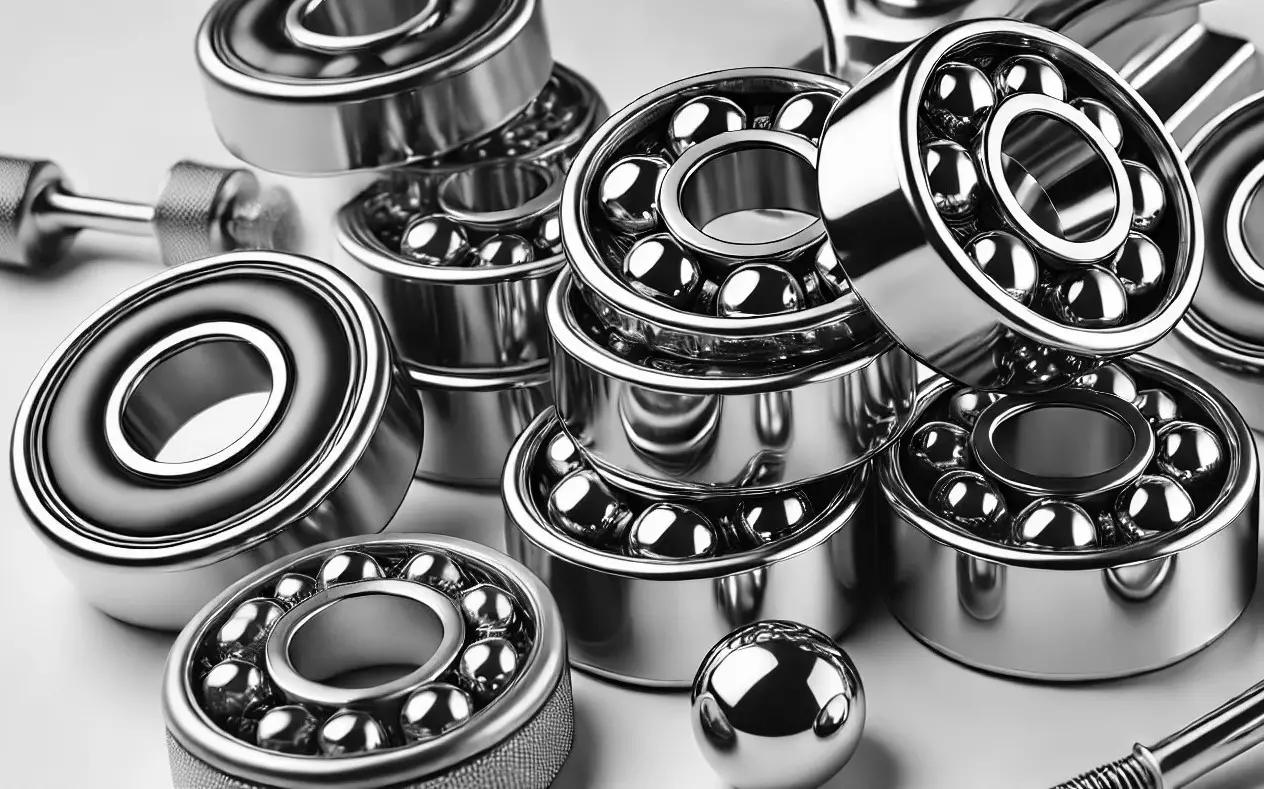
Cost Considerations
Now, you might be thinking, “These ceramic bearings sound amazing! Why isn’t everyone using them?” Well, there’s one catch: the price tag. They typically come with a higher upfront cost compared to traditional steel bearings. It’s like choosing between a regular coffee and a fancy latte – the latte might taste better, but it’ll cost you more.
However, it’s important to consider the long-term benefits. The increased durability and reduced maintenance needs of ceramic bearings offset the initial investment and are what make them a better long-term investment.
In Conclusion
Ceramic bearings are a game-changer. While they’re pricier, their exceptional durability, low friction, and heat resistance make them ideal for demanding applications. From racetracks to high-precision manufacturing, these bearings are pushing the boundaries of what’s possible.
References
1. Bearings Market Size, Share & Trends Analysis Report By Product, By Application (Automotive, Agriculture, Electrical, Mining & Construction, Railway & Aerospace, Automotive Aftermarket), By Region, And Segment Forecasts 2024 – 2030 Source.
2. Should you buy ceramic bearings? Expert opinions polled.
3. Are ceramic bearings actually worth it?

